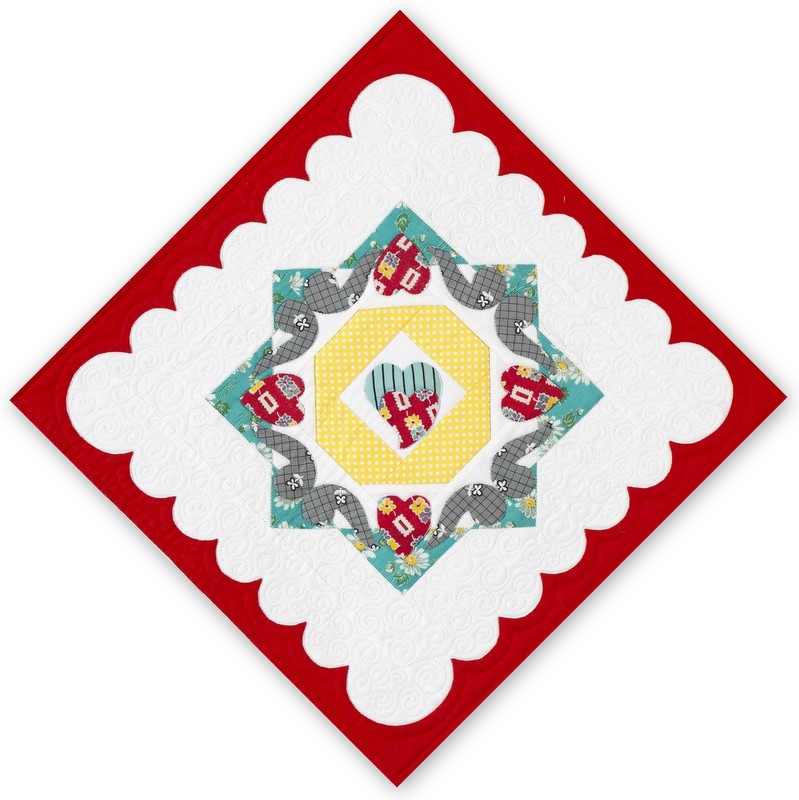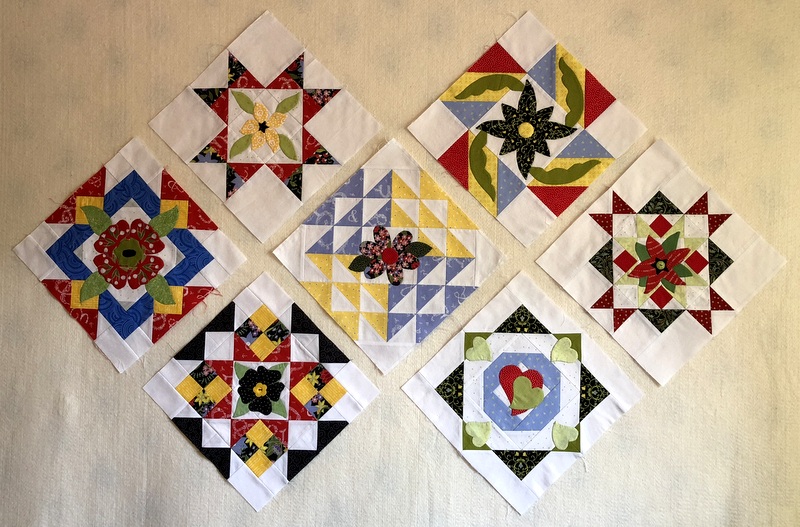Thank you all so much for your kind comments on my last post about my father’s passing. I don’t often write about my personal life on this blog but in this case my connection with my dad intersected with my quilting life in such a meaningful way that I wanted to share it with my readers. I appreciate your words of comfort so very much.
My big project for 2018, the sampler quilt known as Hazel’s Diary Quilt, has been on hold the last couple months while I worked on small projects for friends and family. I think of these projects as Little Labors of Love.
In the past I’ve shown photos of pillowcases made for my sisters Reigh and Diane. Recently I made pillowcases for another set of very special sisters in my family, Jenny and Tracy. I asked them to let me know their color preferences and then selected fabrics from my stash I thought they would love.
Here are Tracy’s cases . . .
(I followed my picture-heavy tutorial to make these burrito-style pillowcases.)
Another labor of love is this mysterious item made from quilted fabric:
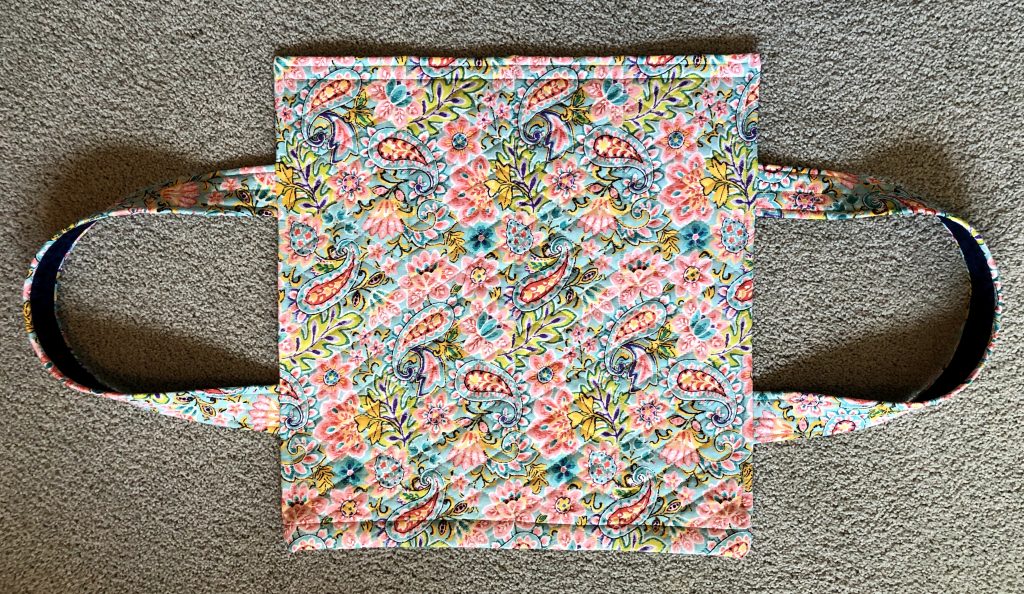
It measures about 18″ square (not counting the straps) and is doubled in order to create four channels, each about 4″ wide and open at one end. On the inside it has Velcro strips along the sides:
When folded in half the Velcro strips close and it becomes a carrying case:
Can you guess what this is for? Only if you are a Mah Jongg player! In addition to being a champion bridge player, my stepmother Shirley is an avid Mah Jongg fan and plays regularly. She asked me to make a carrying case for the tile racks in one of her sets.
My guide for this rack carrier came from another Mah Jongg player named Dorothy Huotari who posted a photo on Facebook in June of one she had made and graciously gave permission to other crafters to replicate it:
 I have enough left of the quilted fabric to make Shirley a matching bag for the tiles similar to the one shown in the photo of Dorothy’s carrying case.
I have enough left of the quilted fabric to make Shirley a matching bag for the tiles similar to the one shown in the photo of Dorothy’s carrying case.
Last month I put the binding on a beautiful quilt made by my friend Virginia Hammon:
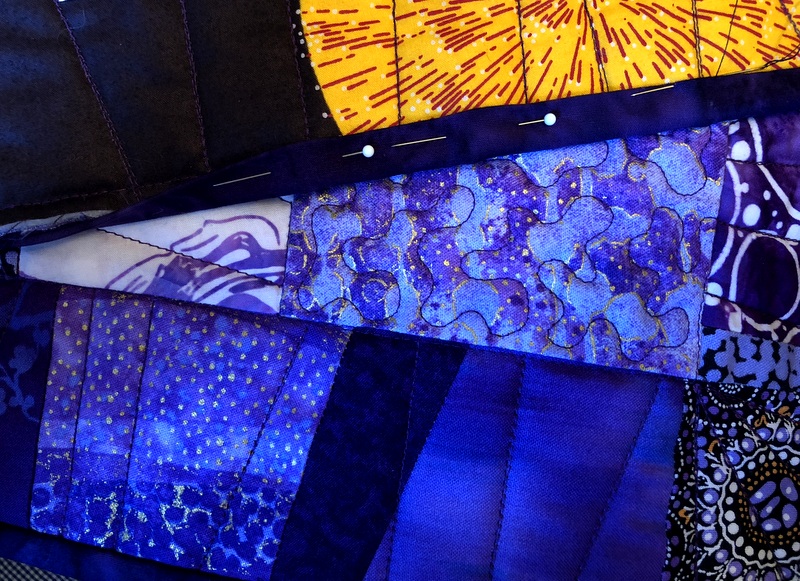 The quilt was one of many made by Virginia that were featured in a special exhibit at Northwest Quilting Expo last month. The quilts illustrate a book she has researched and written about the U.S. monetary system. With the text finished, Virginia can now concentrate on finishing the quilts. Since I truly enjoy the binding process, I was happy to add the binding to this beauty.
The quilt was one of many made by Virginia that were featured in a special exhibit at Northwest Quilting Expo last month. The quilts illustrate a book she has researched and written about the U.S. monetary system. With the text finished, Virginia can now concentrate on finishing the quilts. Since I truly enjoy the binding process, I was happy to add the binding to this beauty.
I get so much pleasure working on these Little Labors of Love, sandwiched as they are between longer term projects.

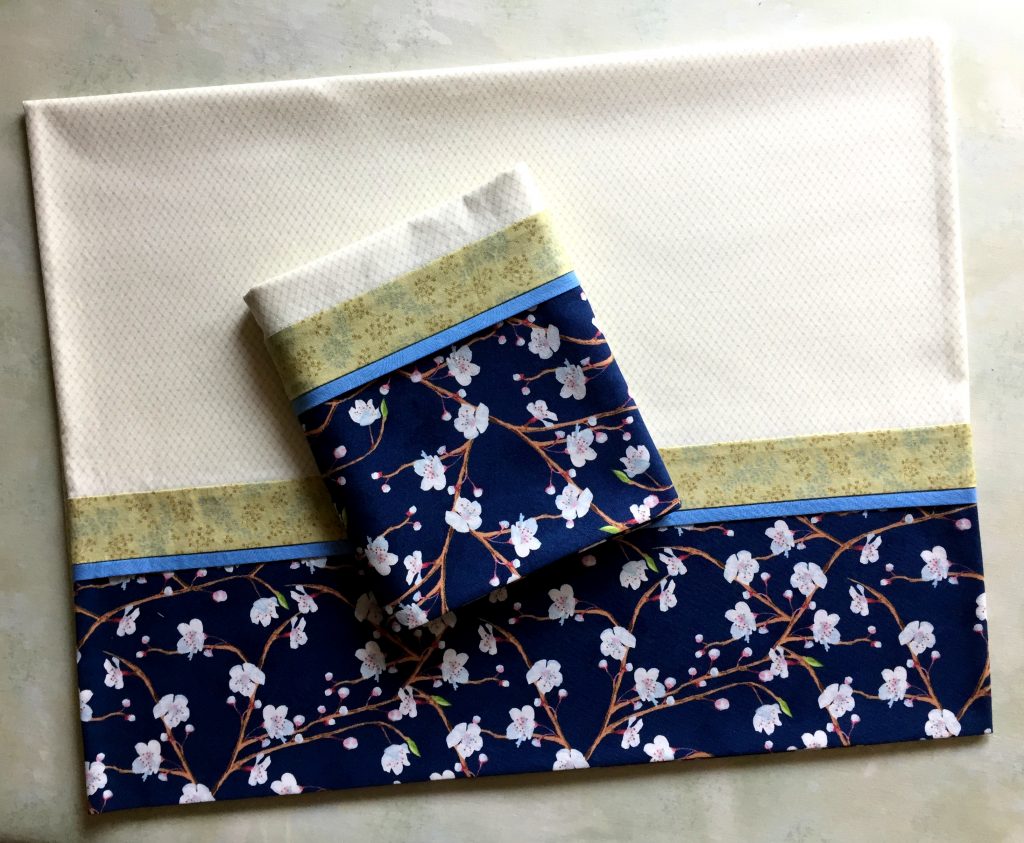
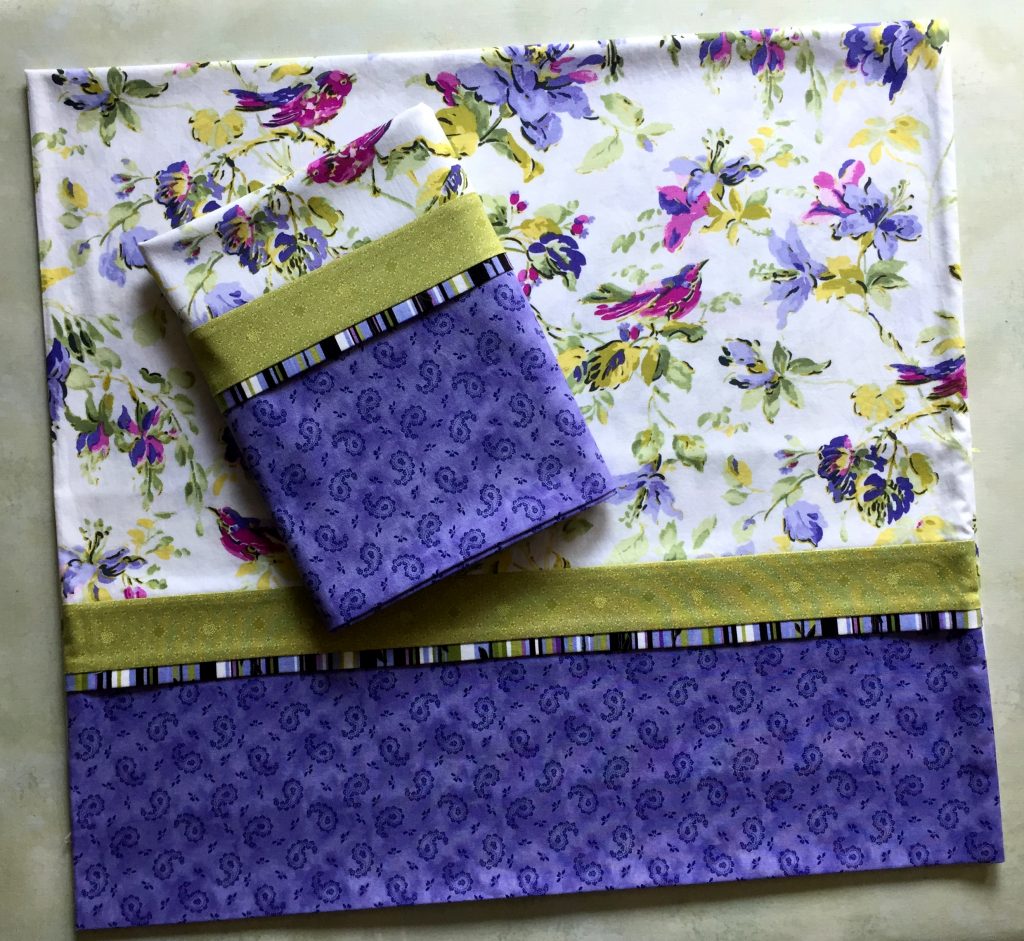
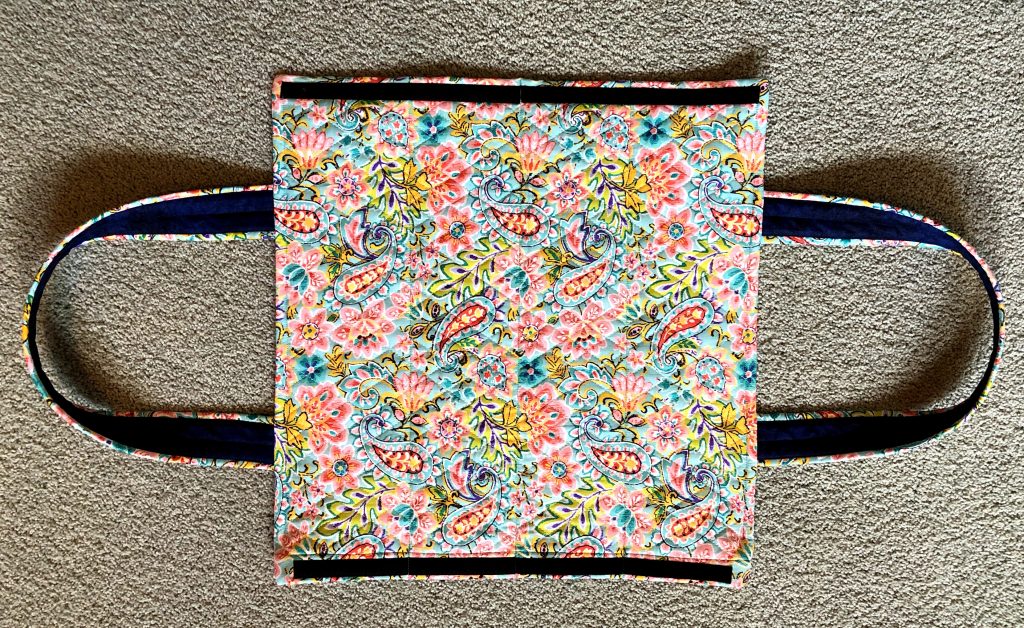
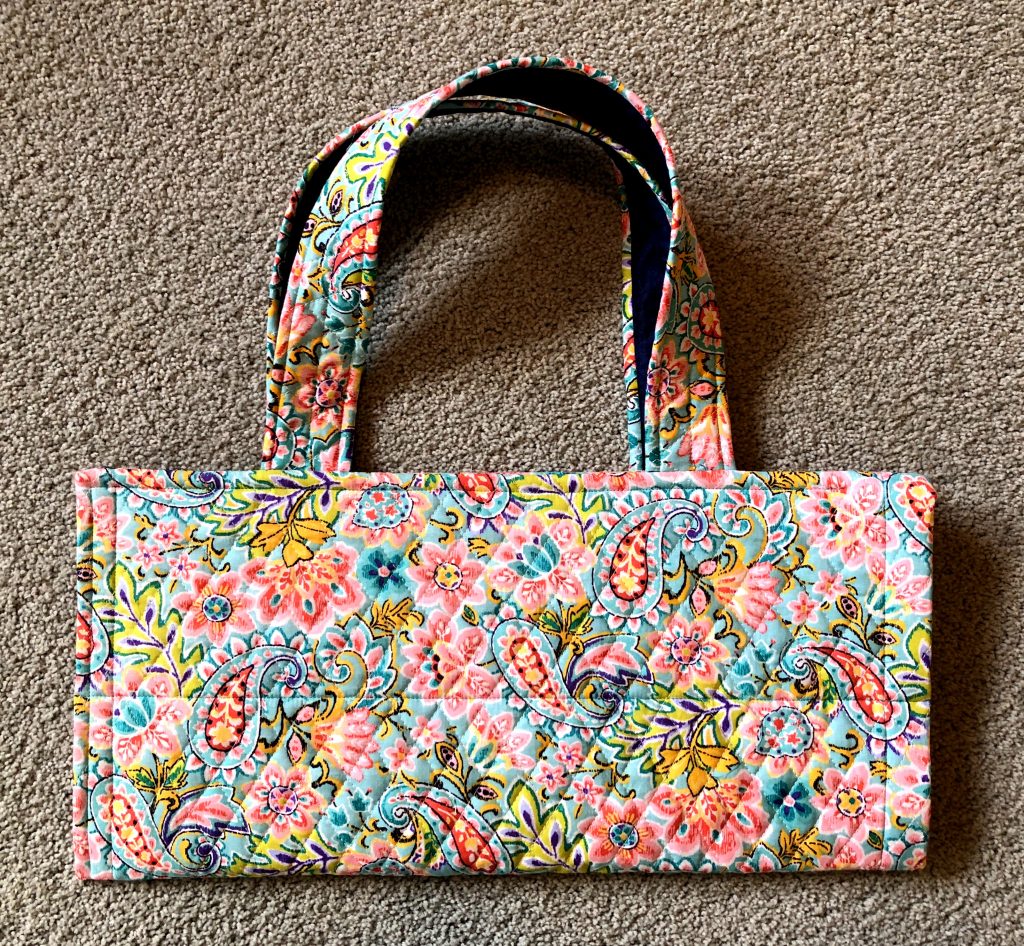

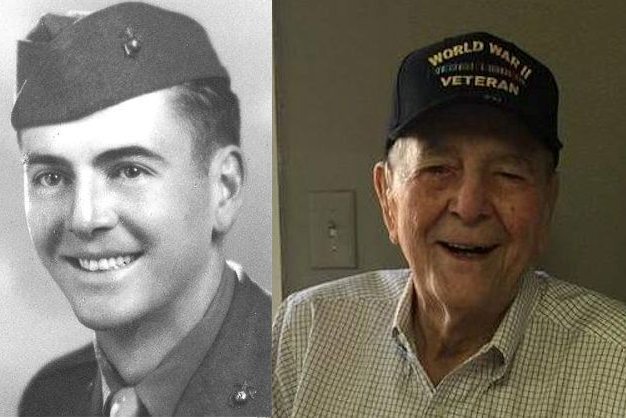

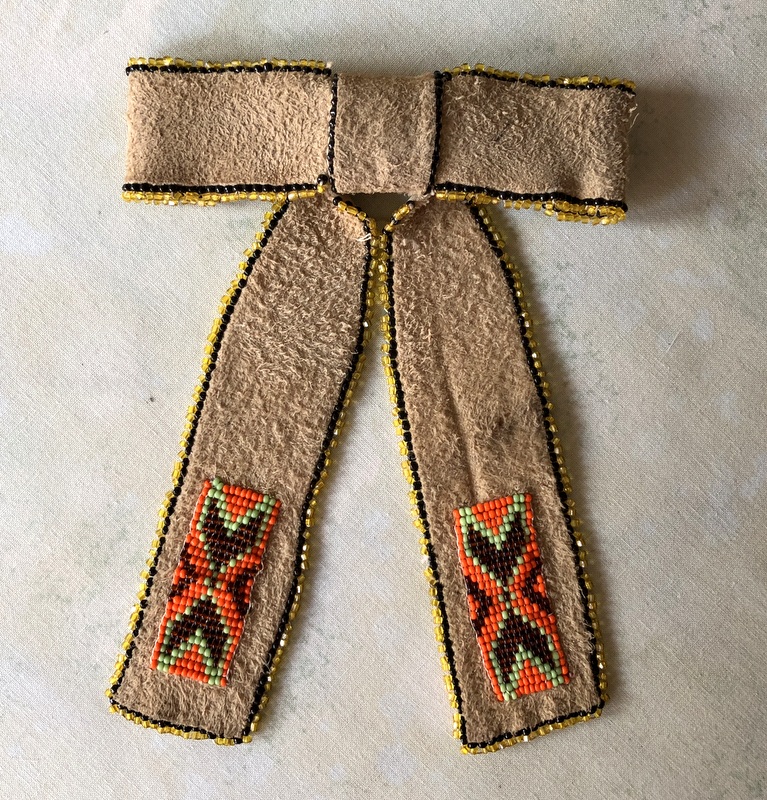
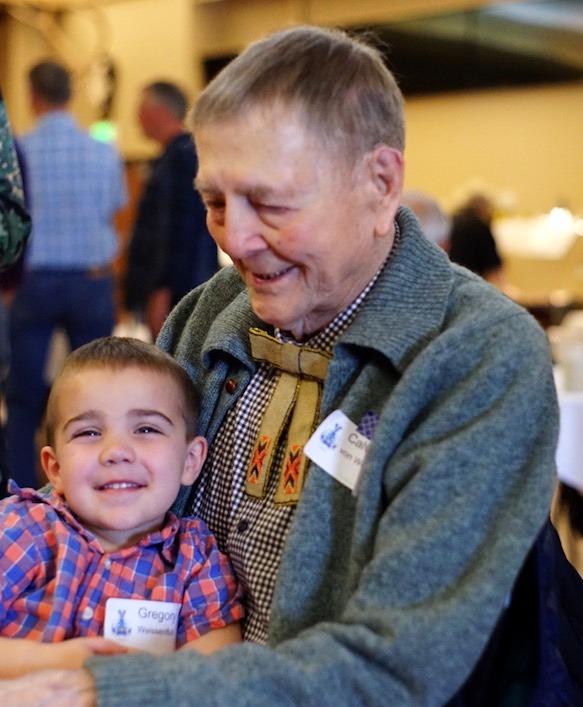

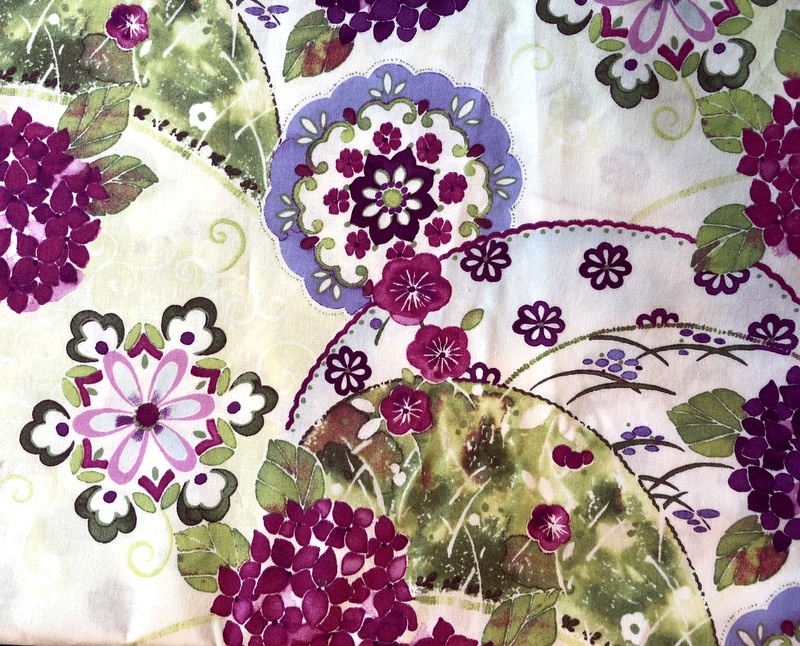
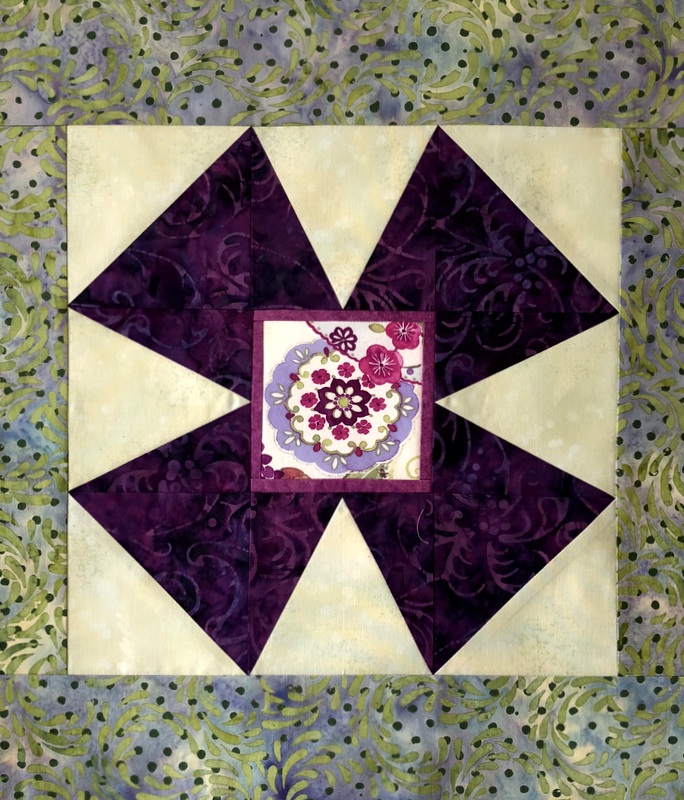
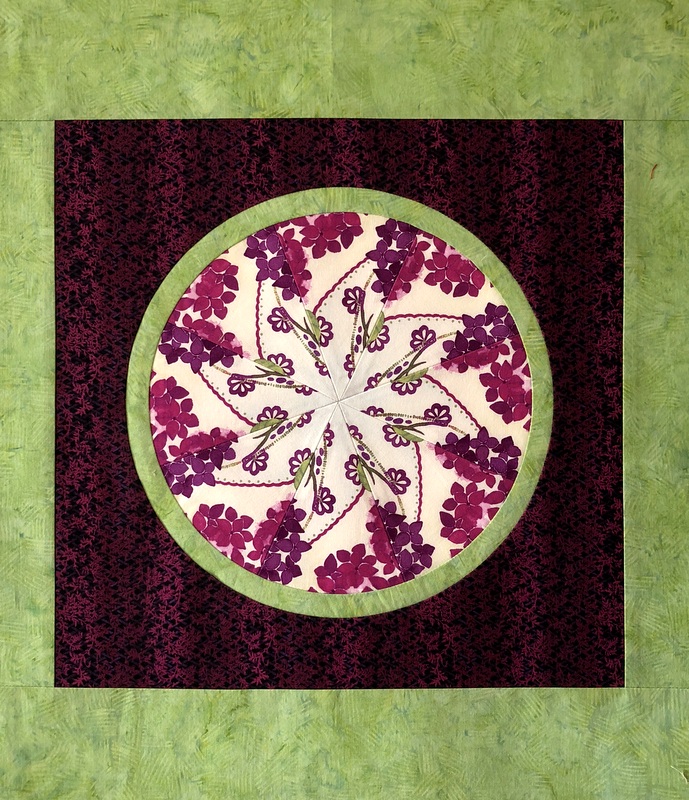
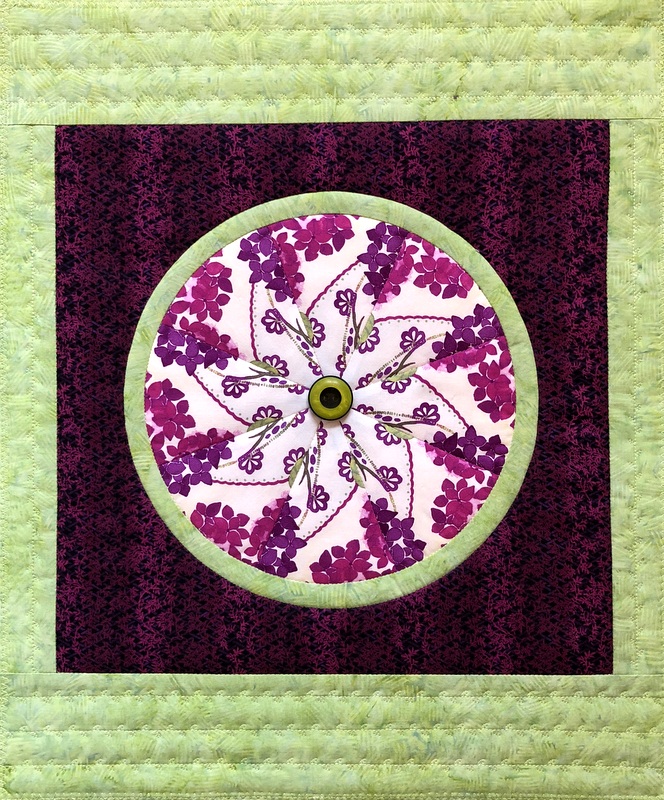

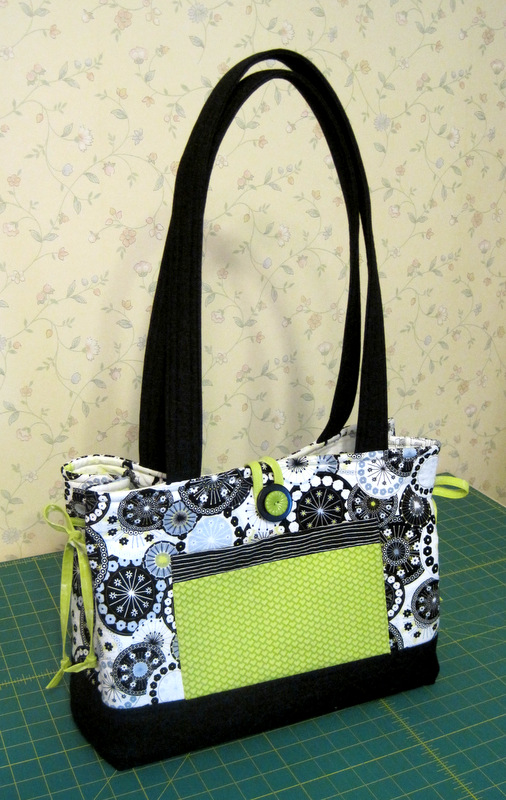
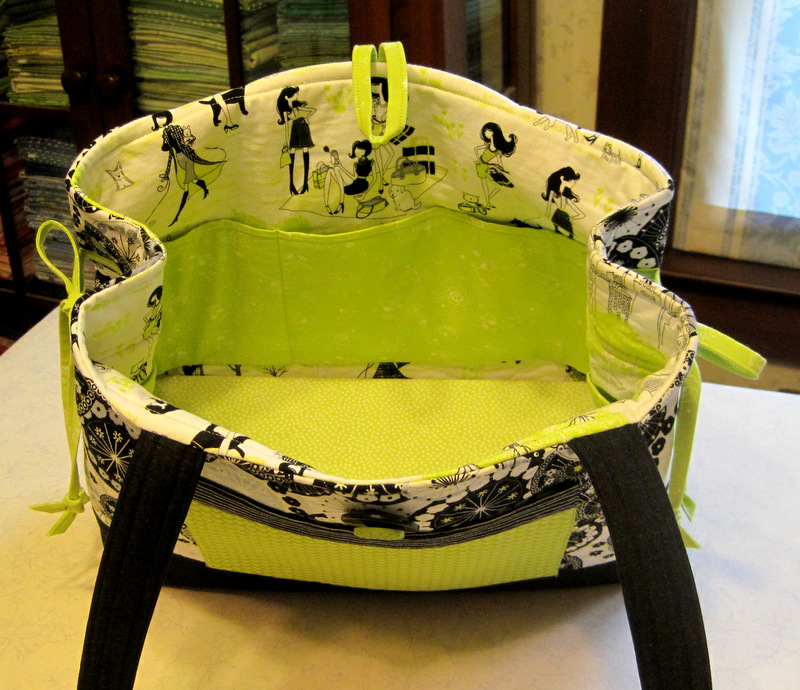
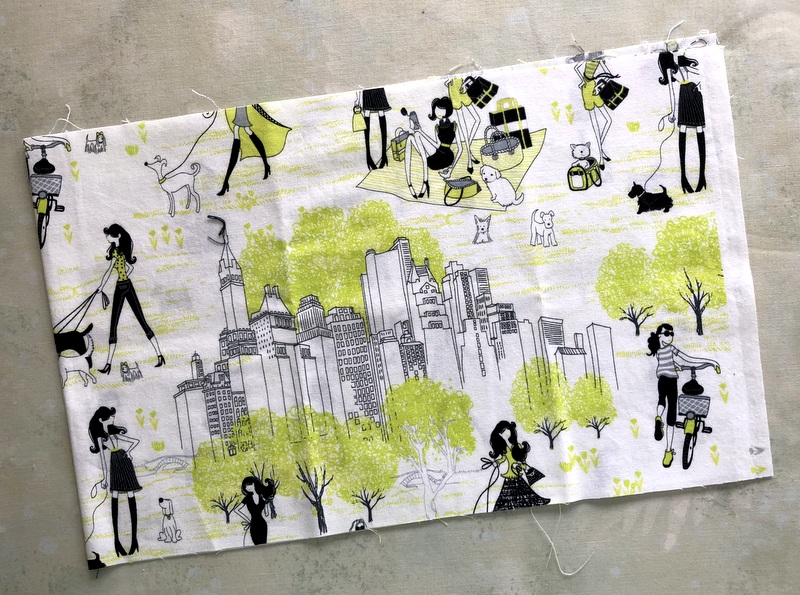
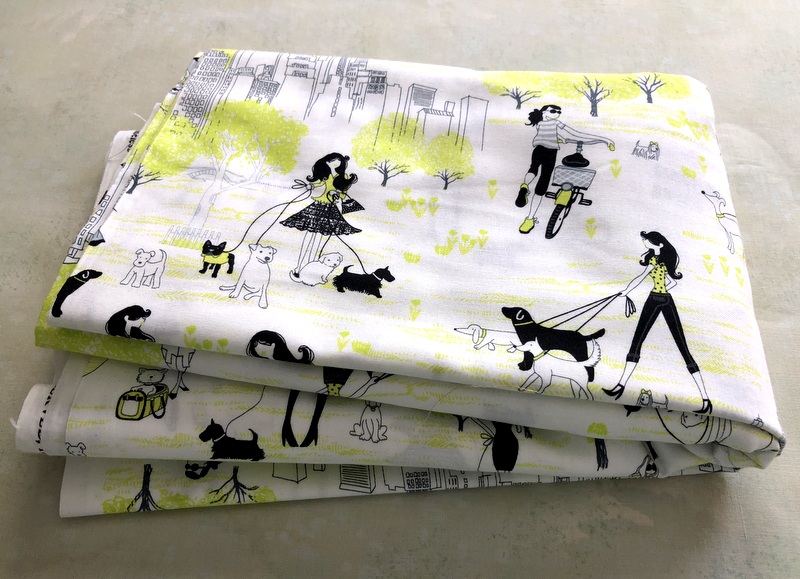
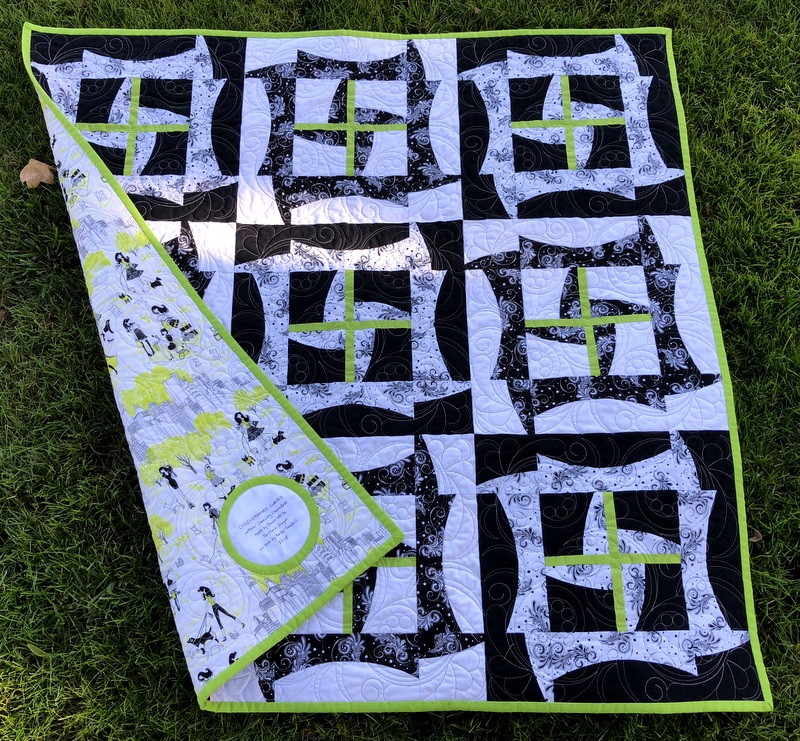
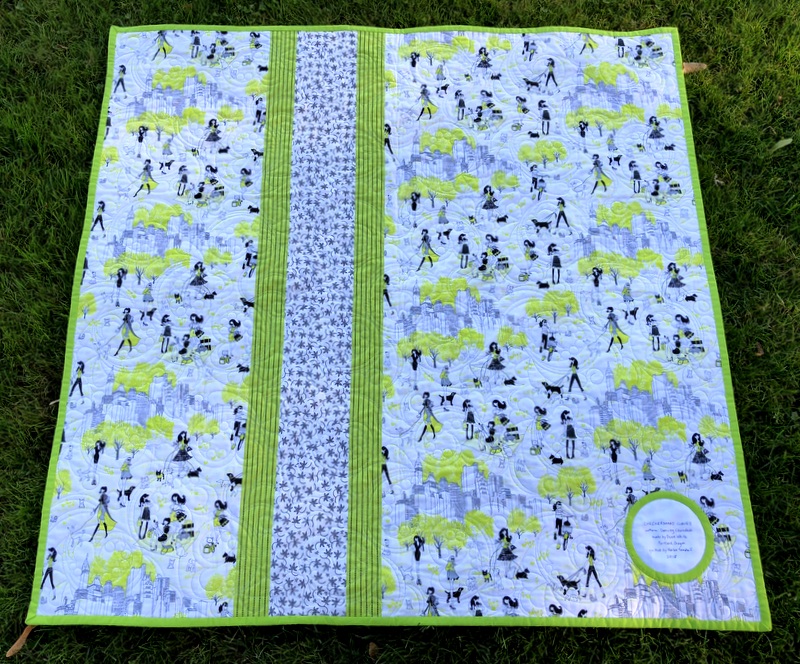
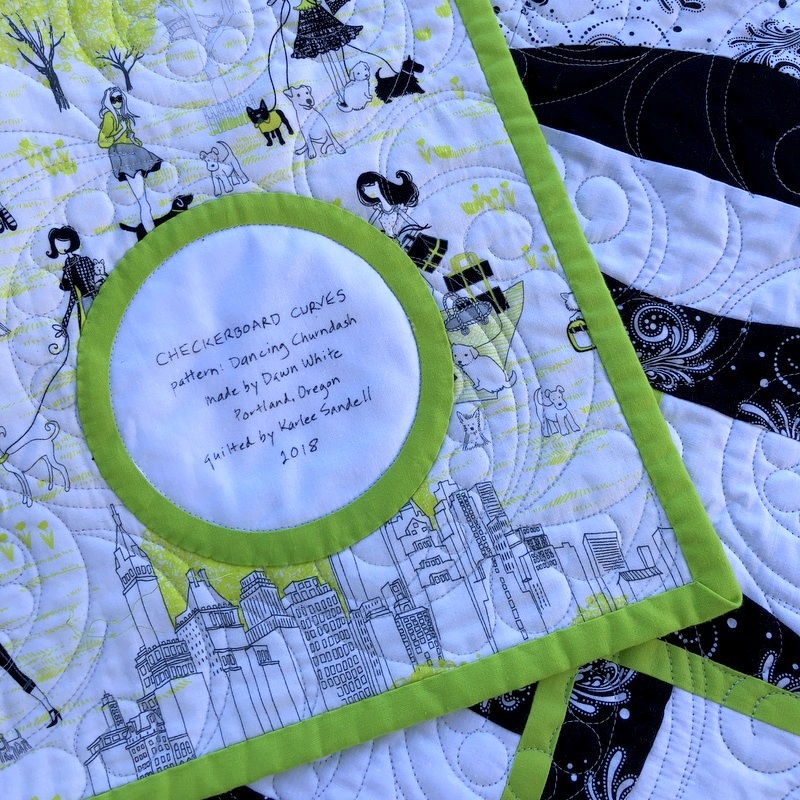
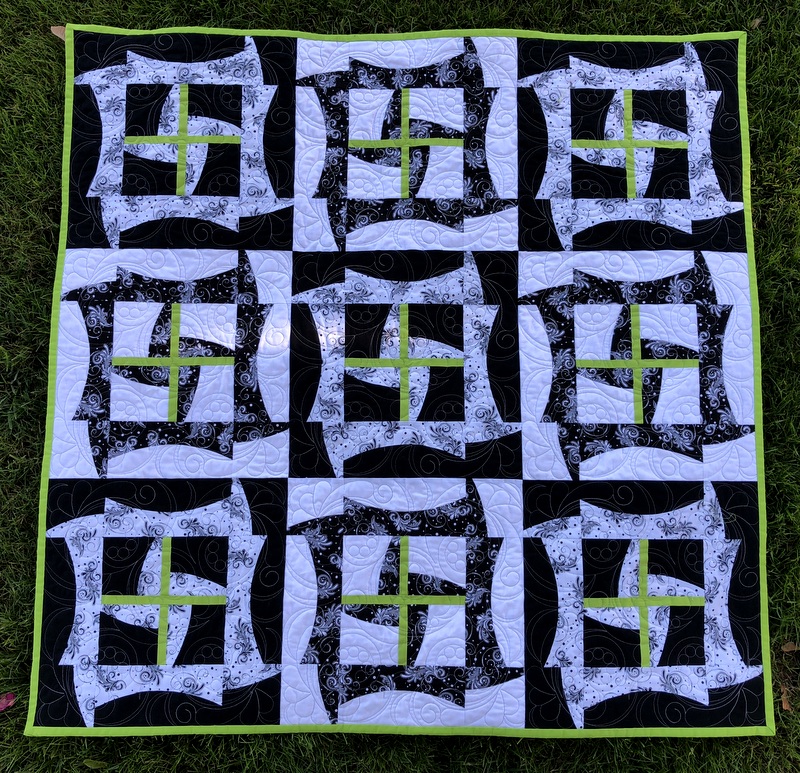
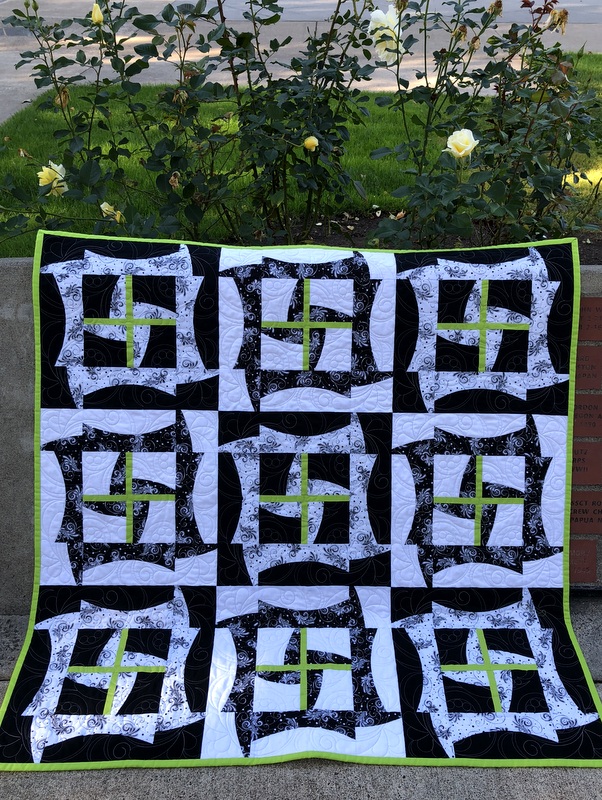
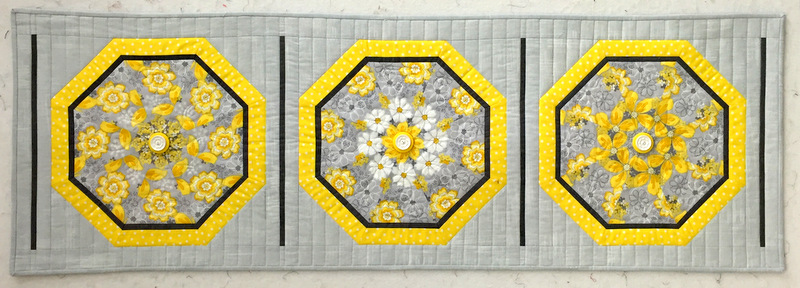

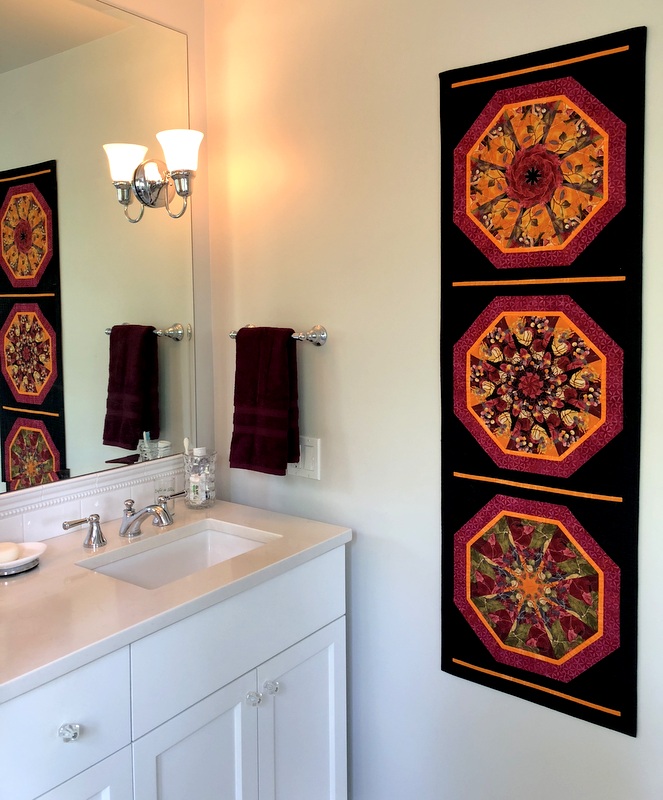
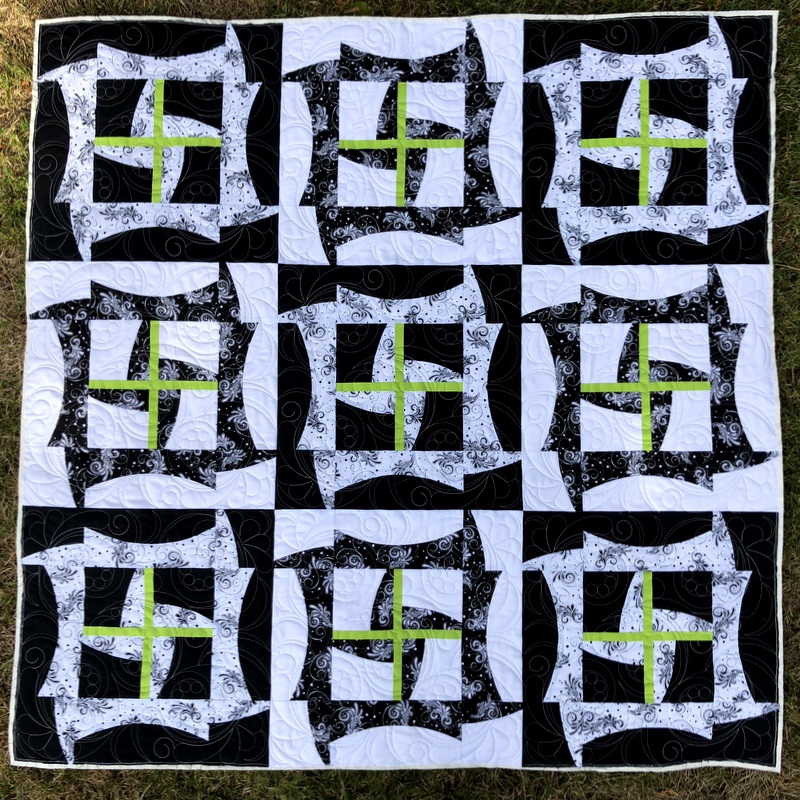
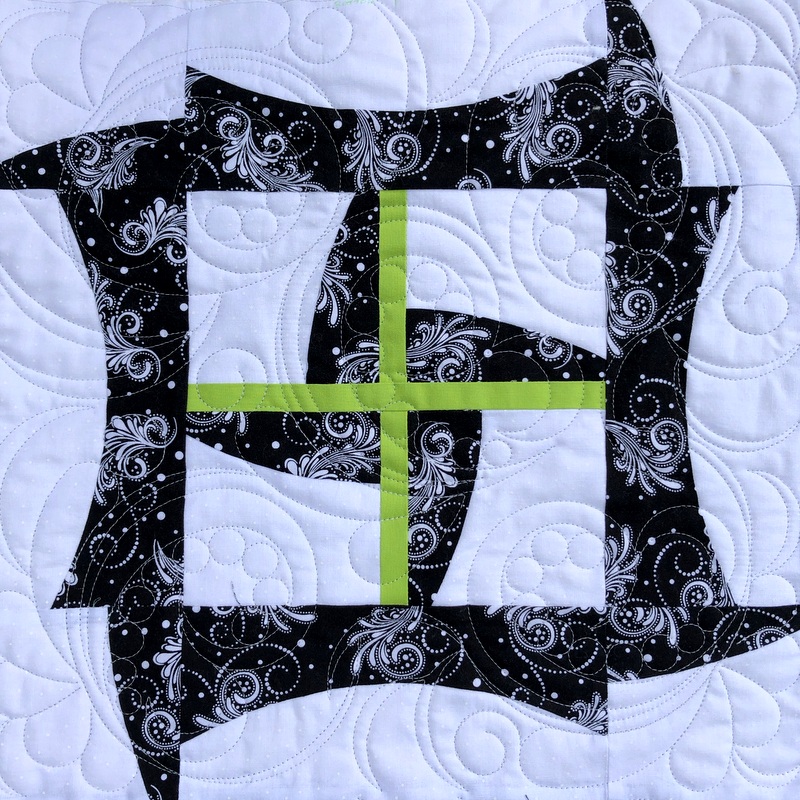
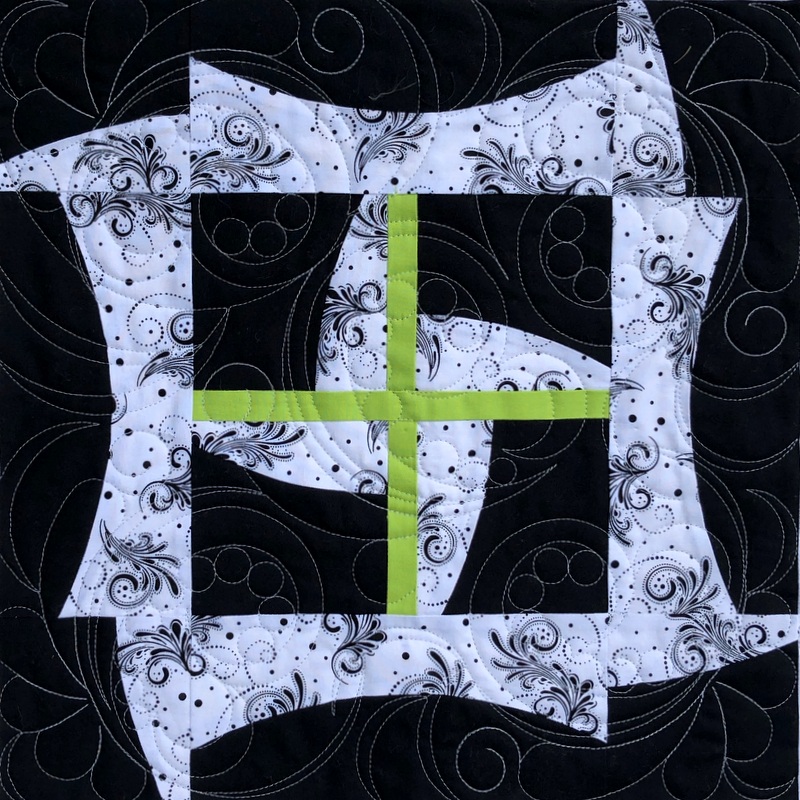
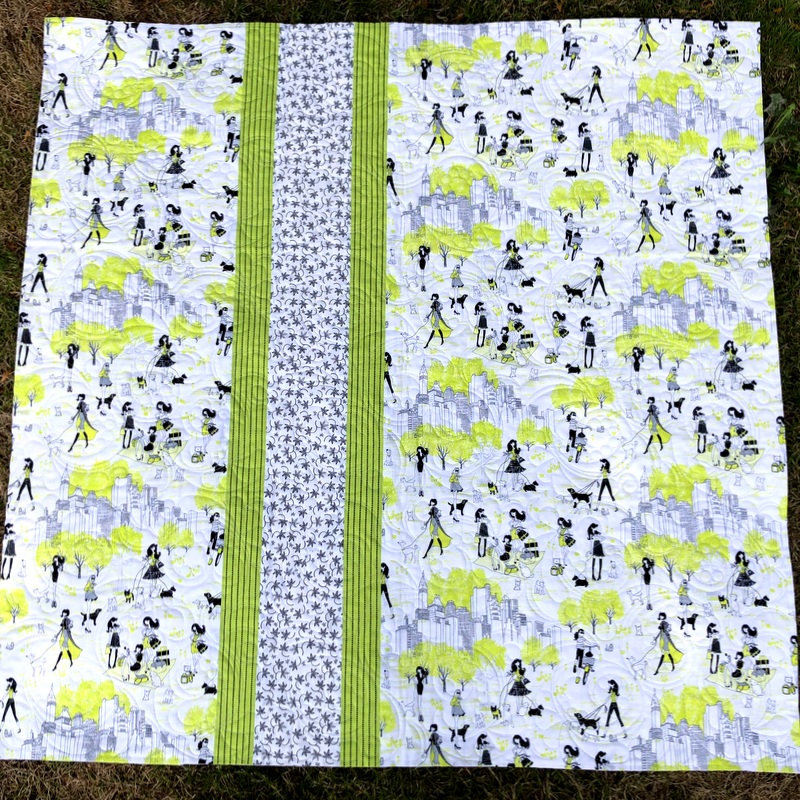
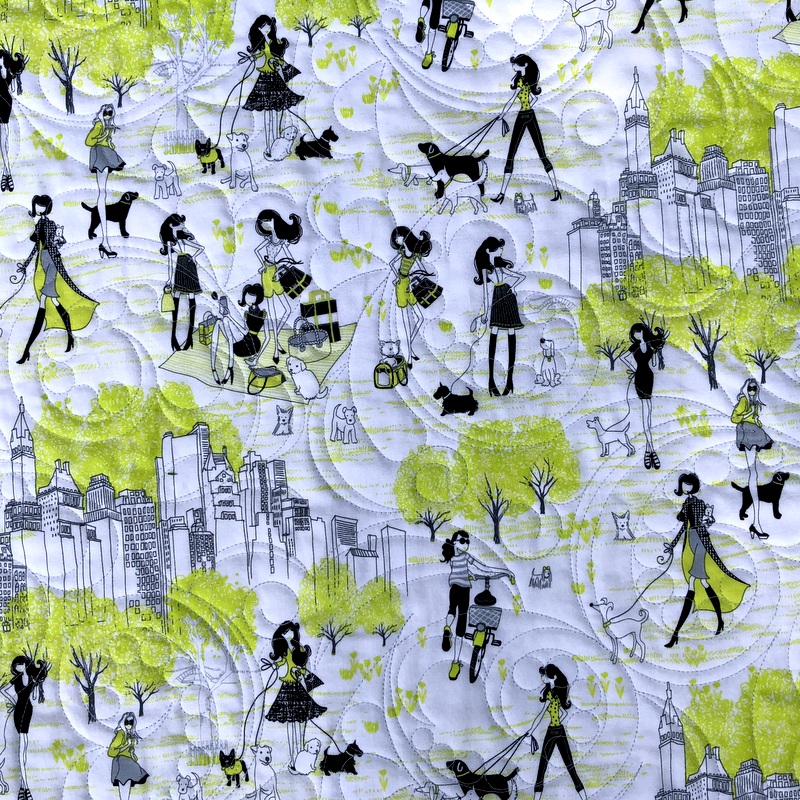
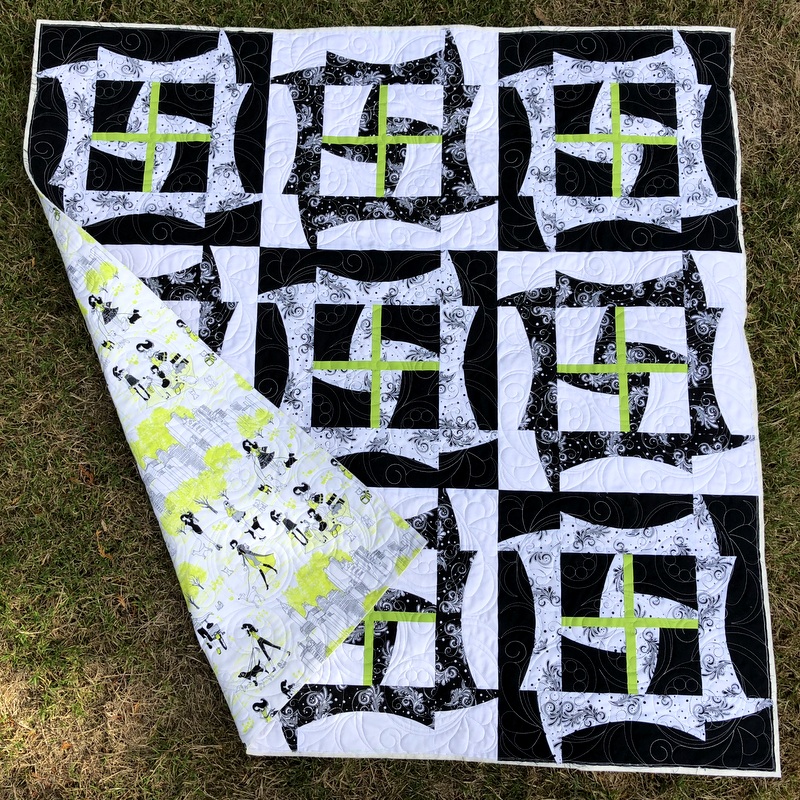
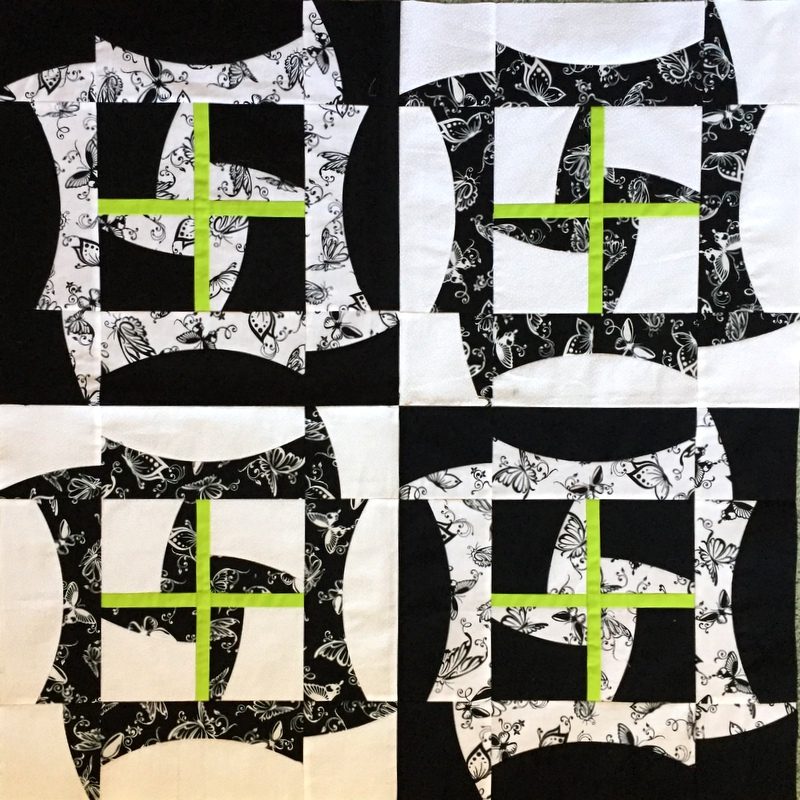
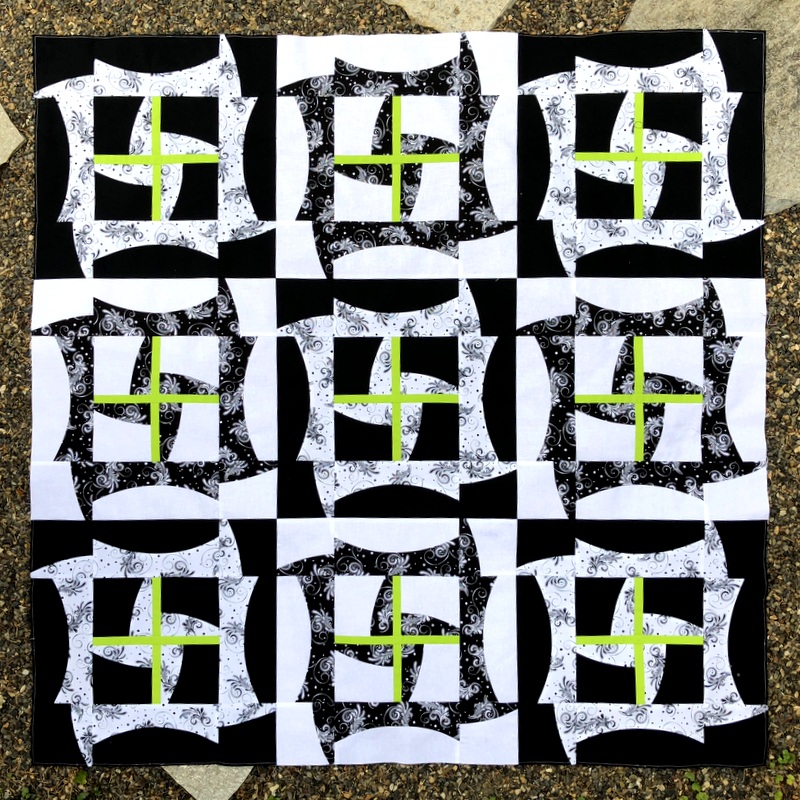
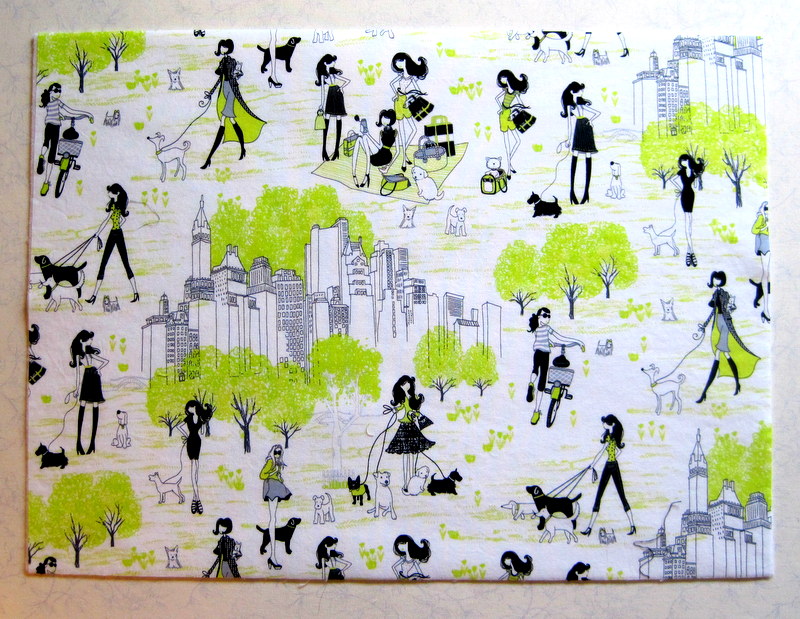
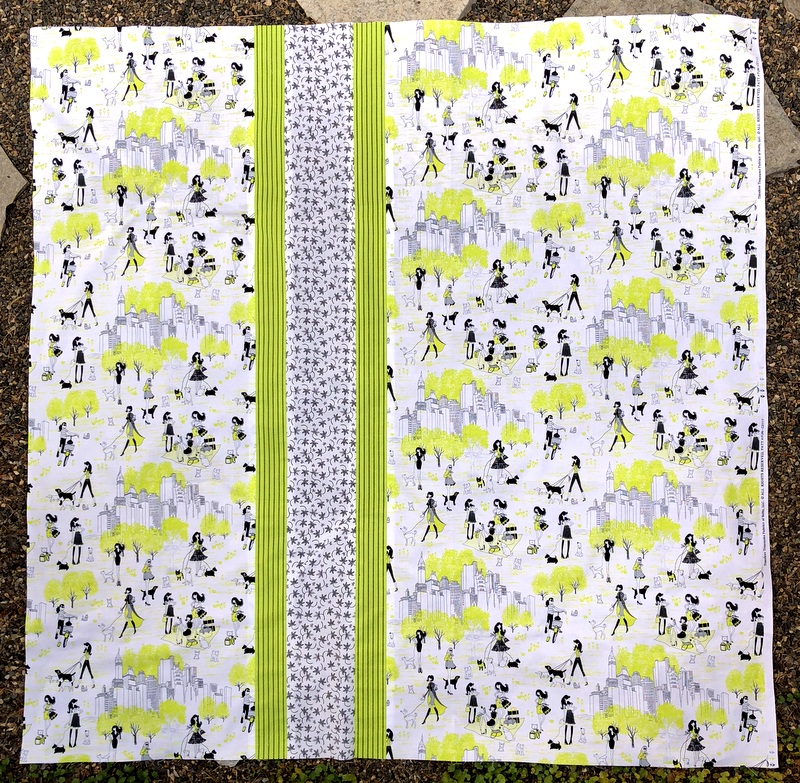
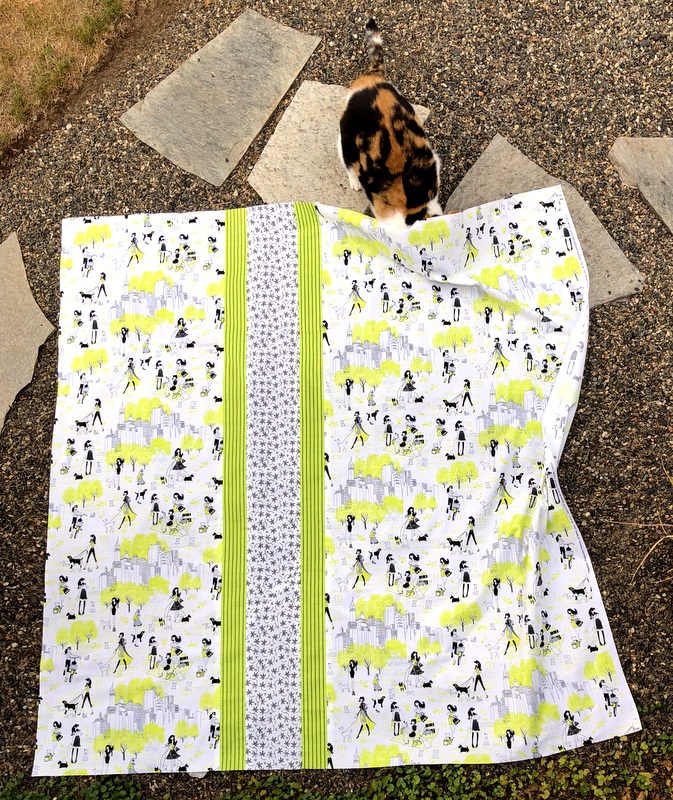
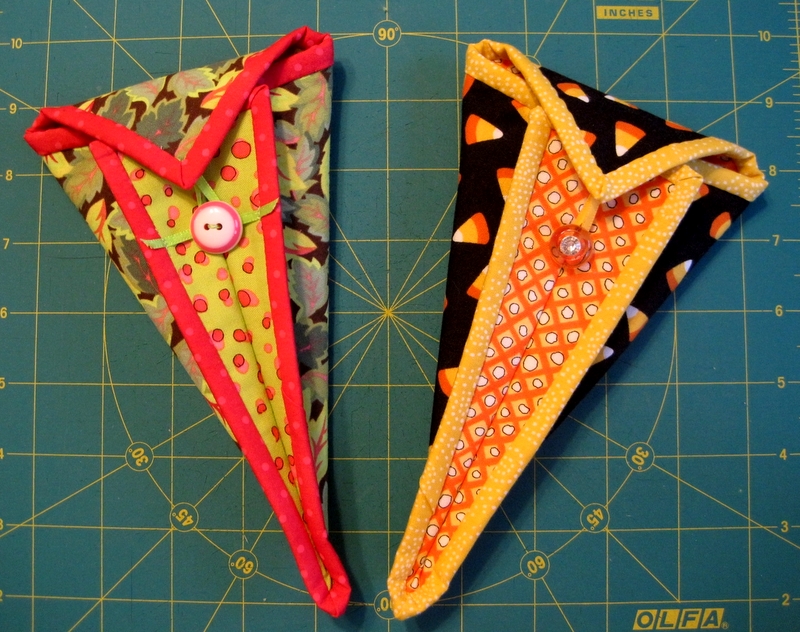
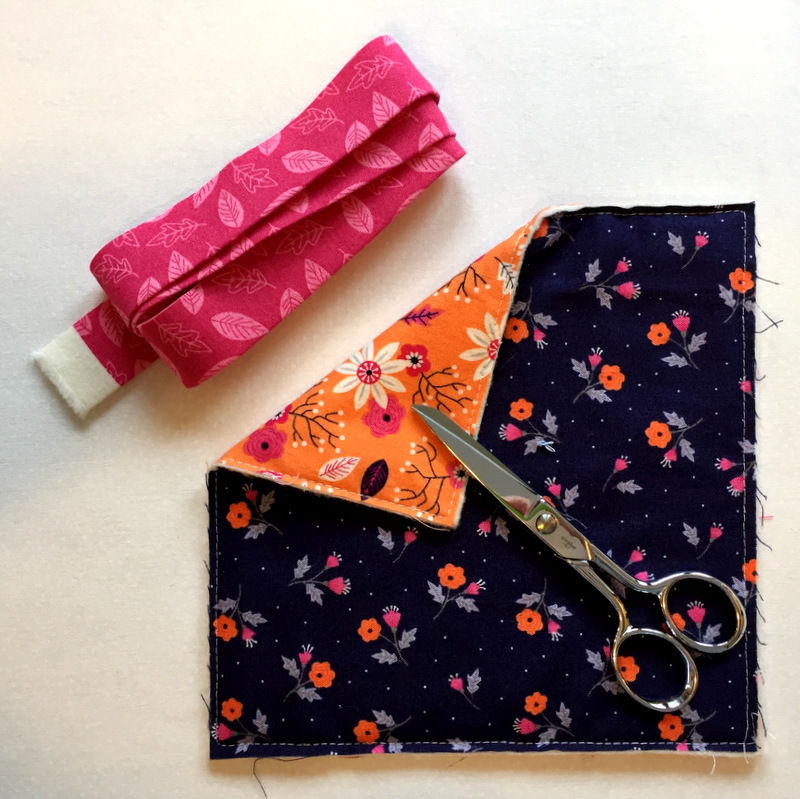
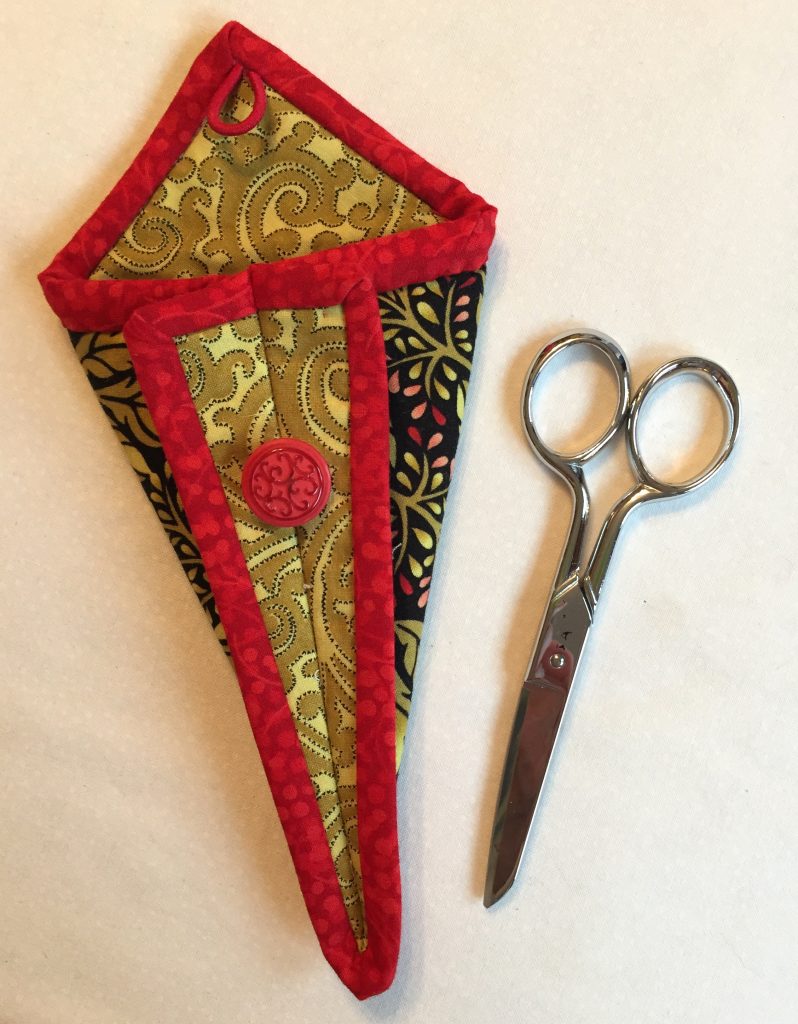
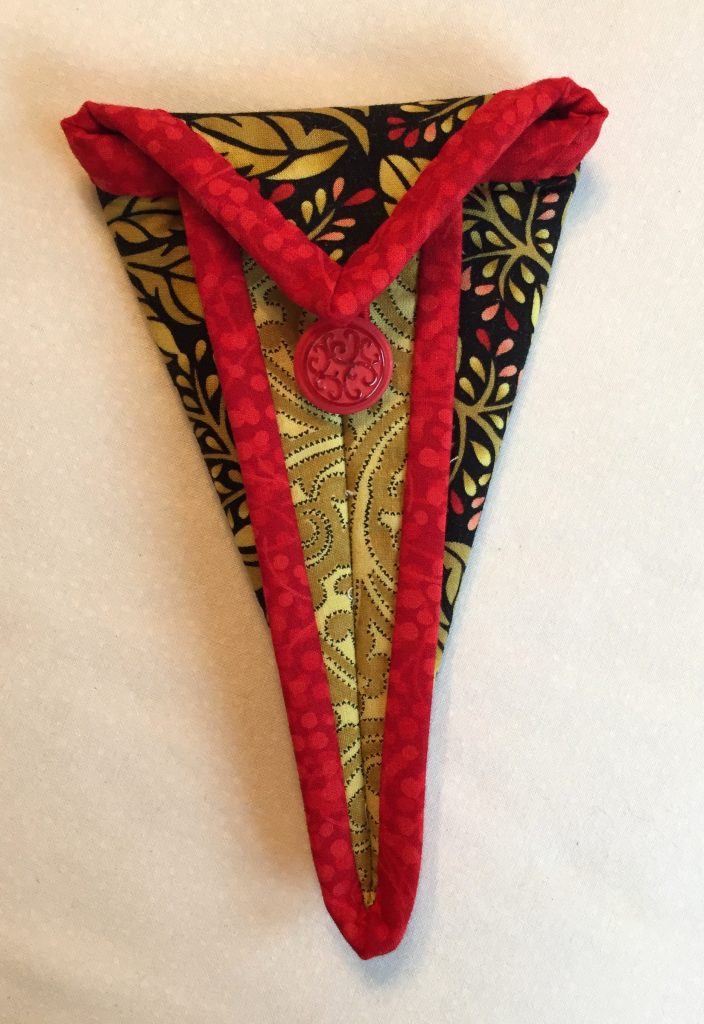
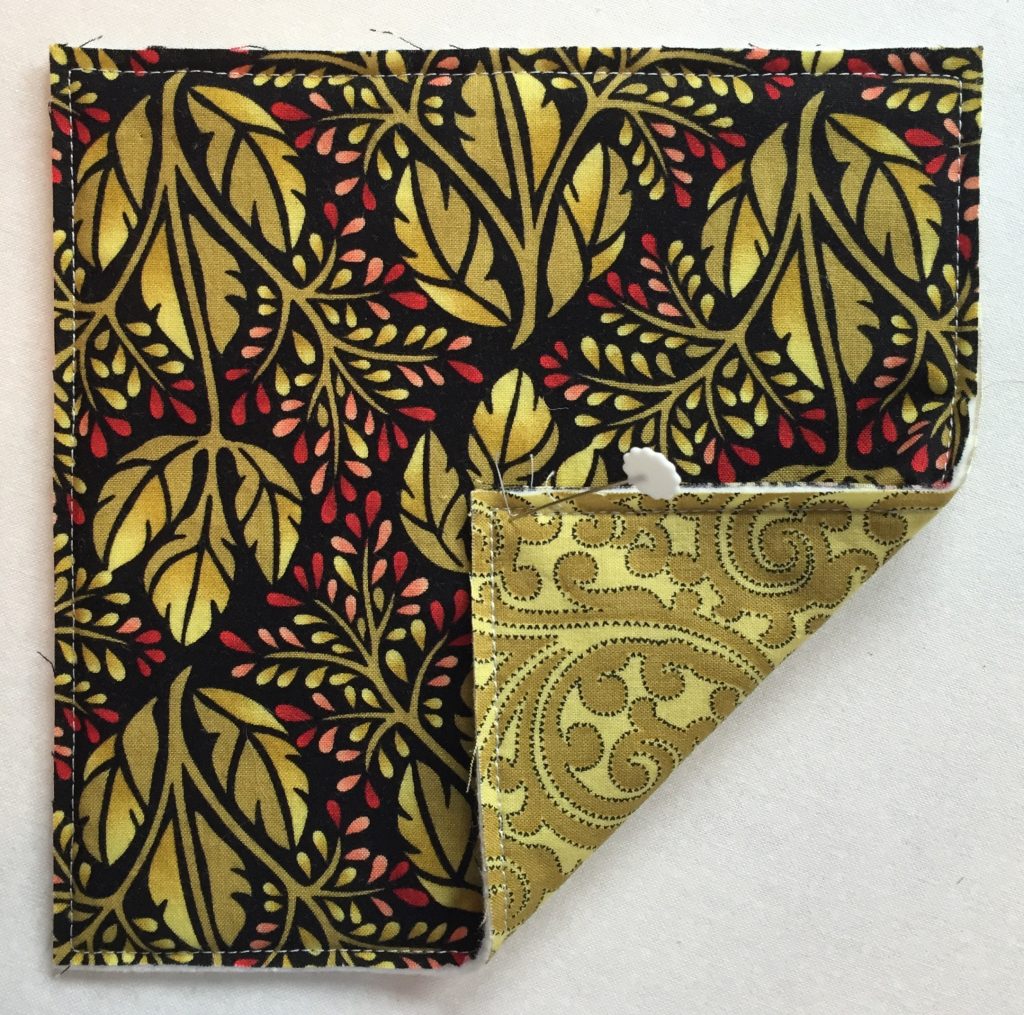
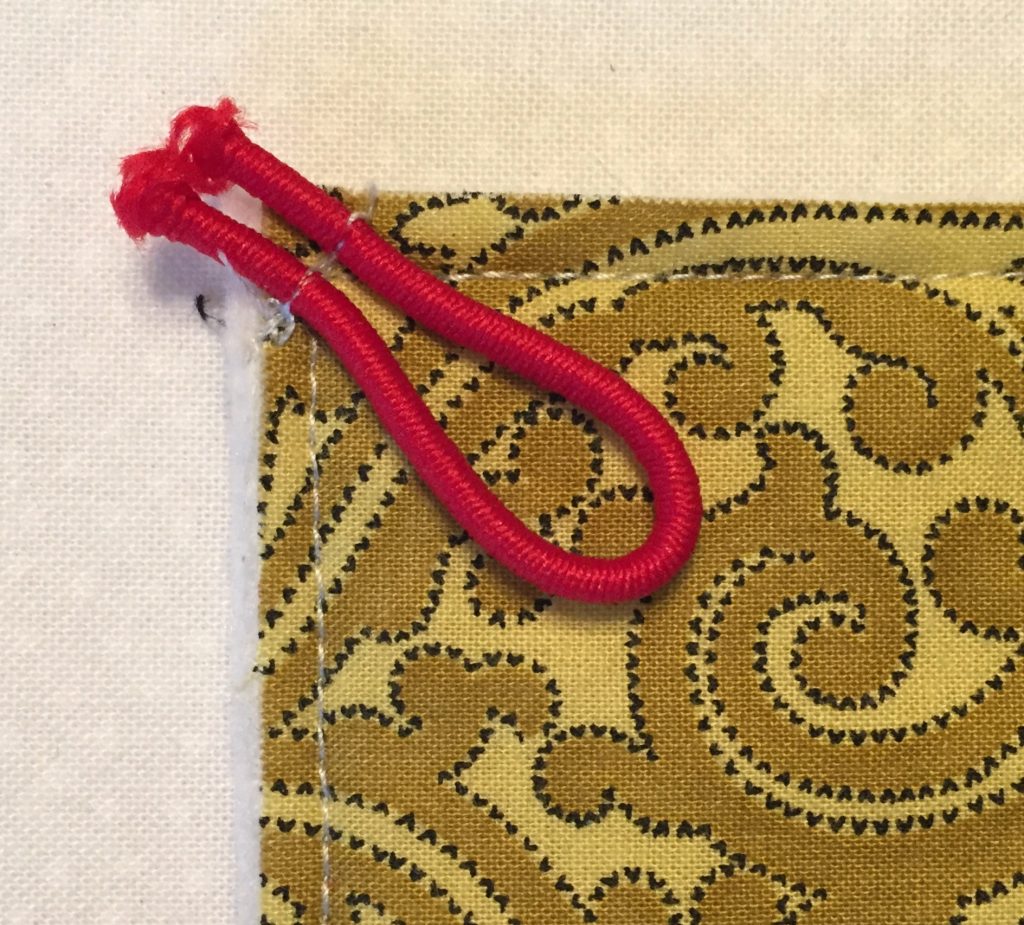
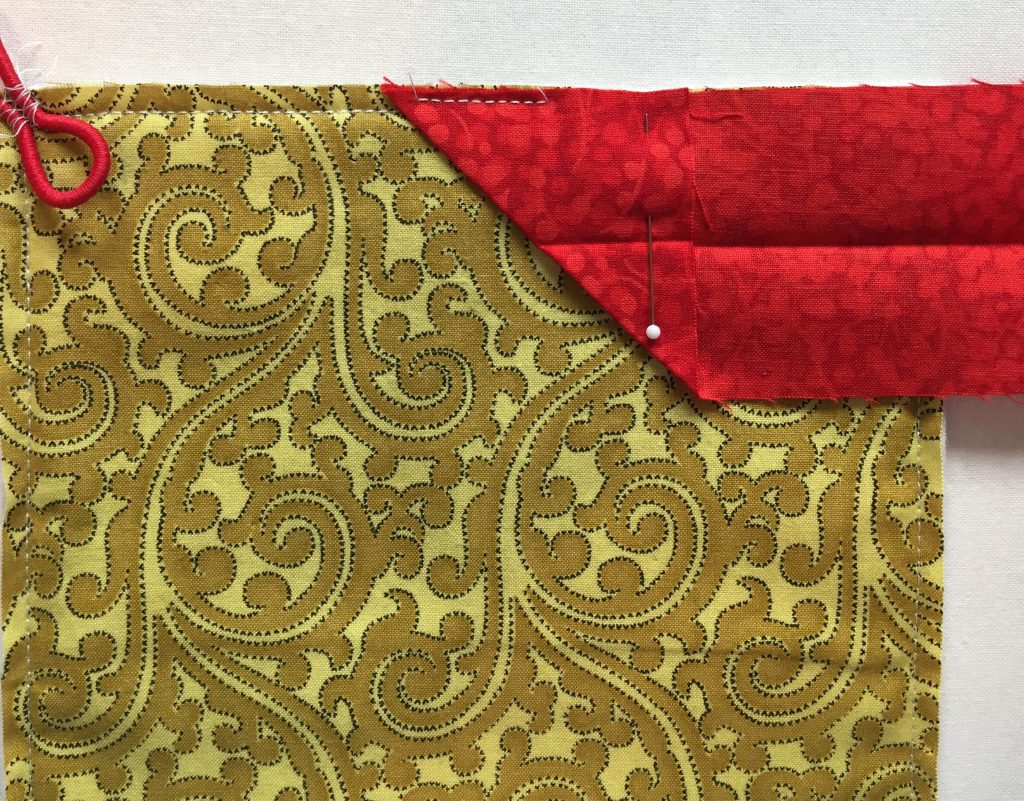
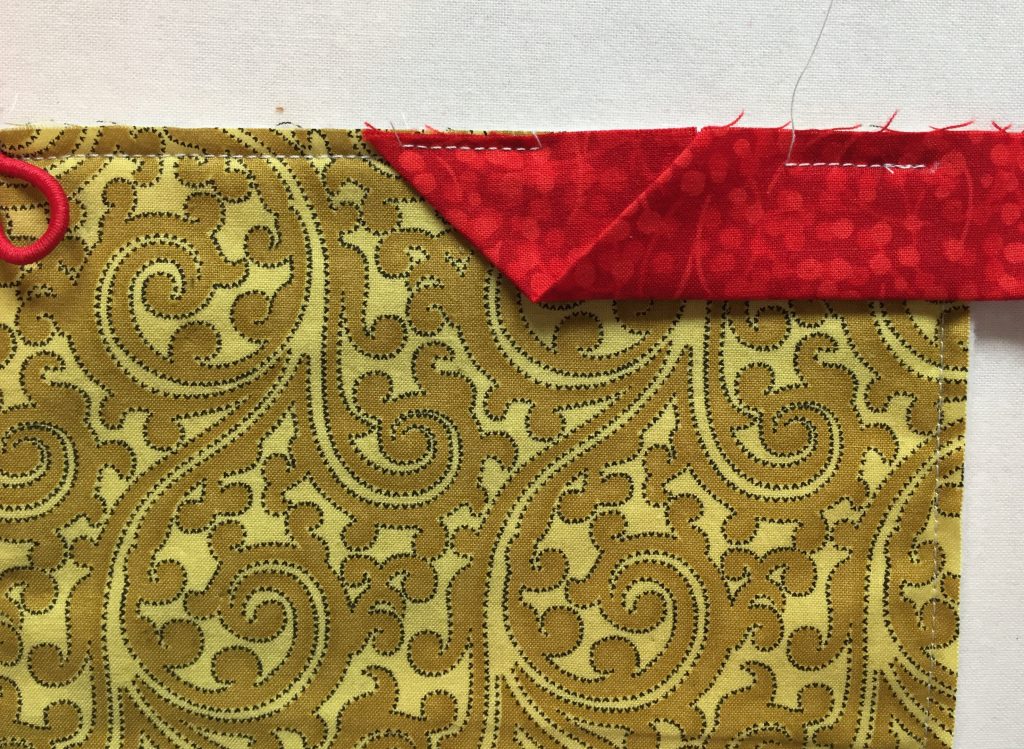
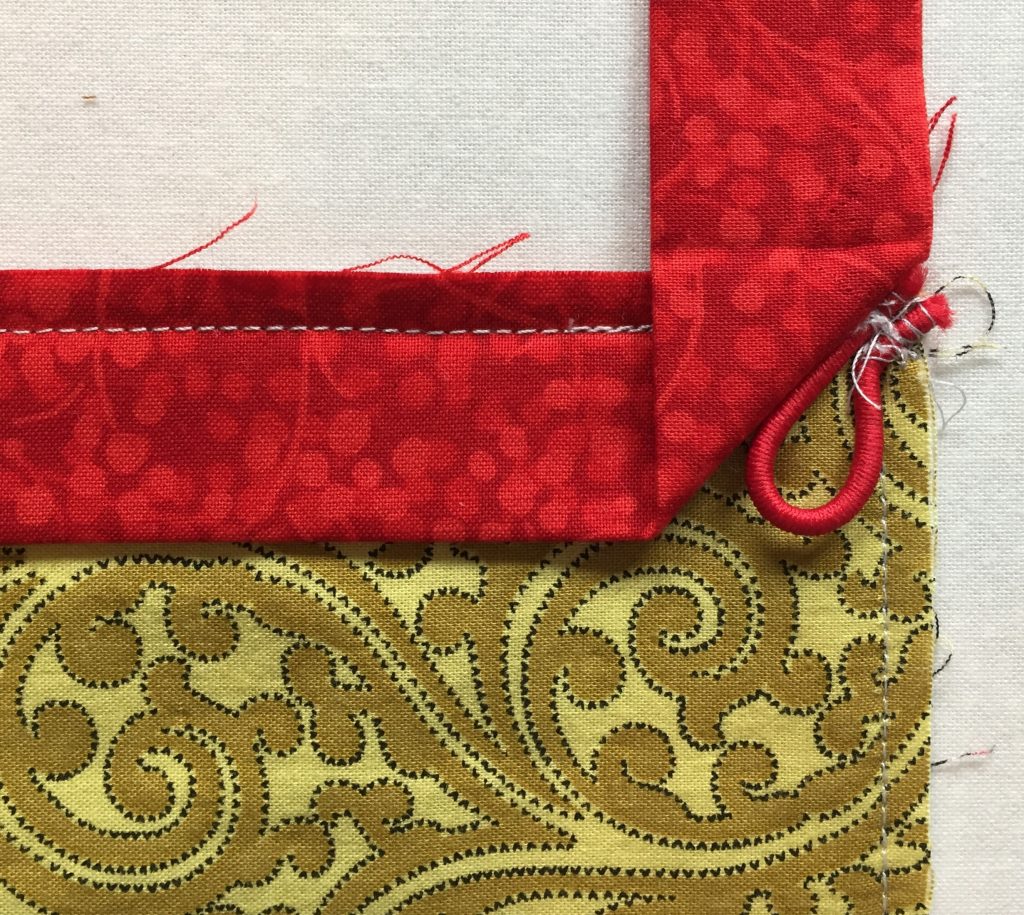

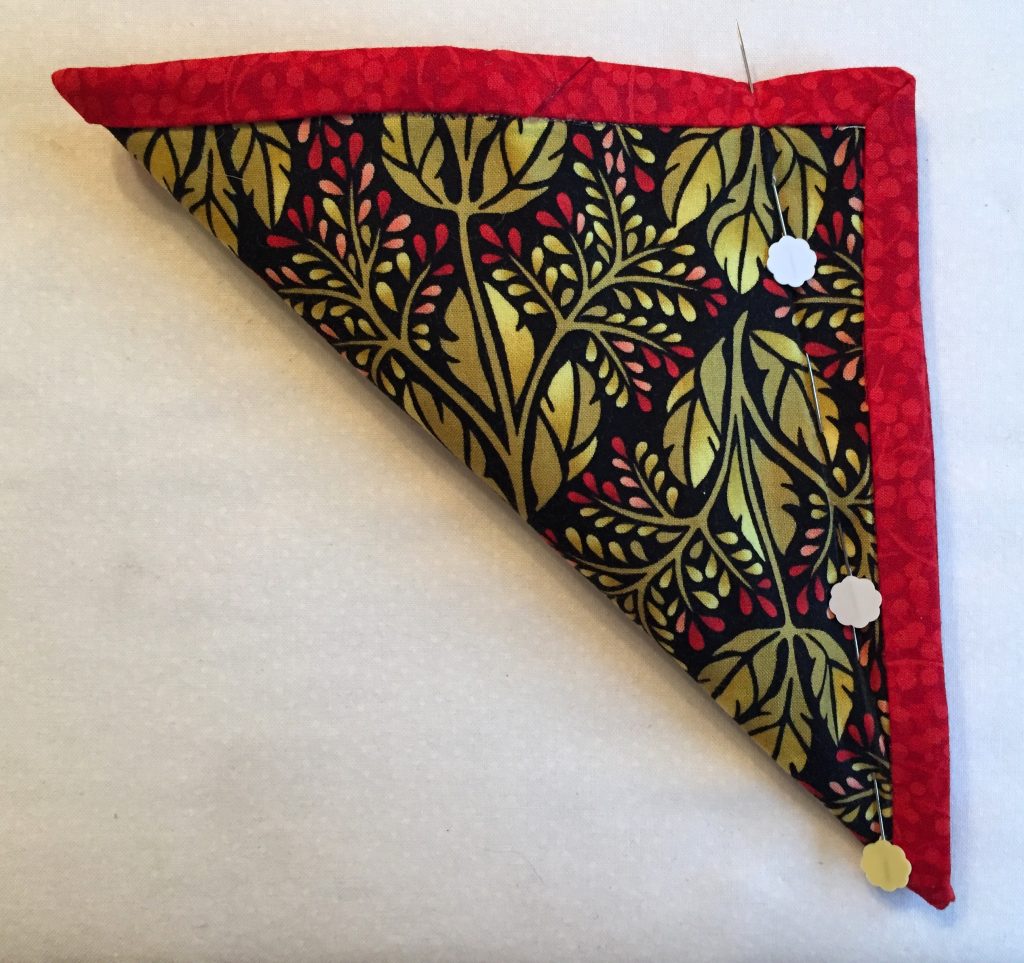
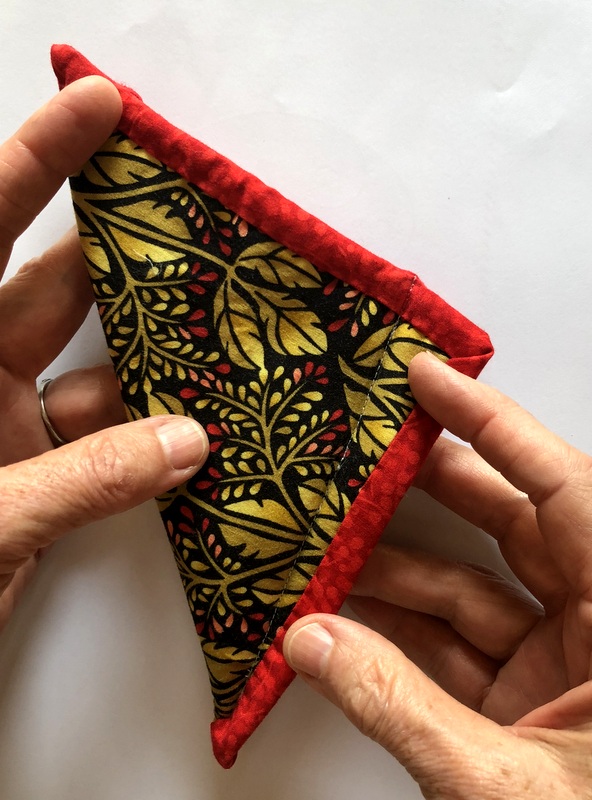
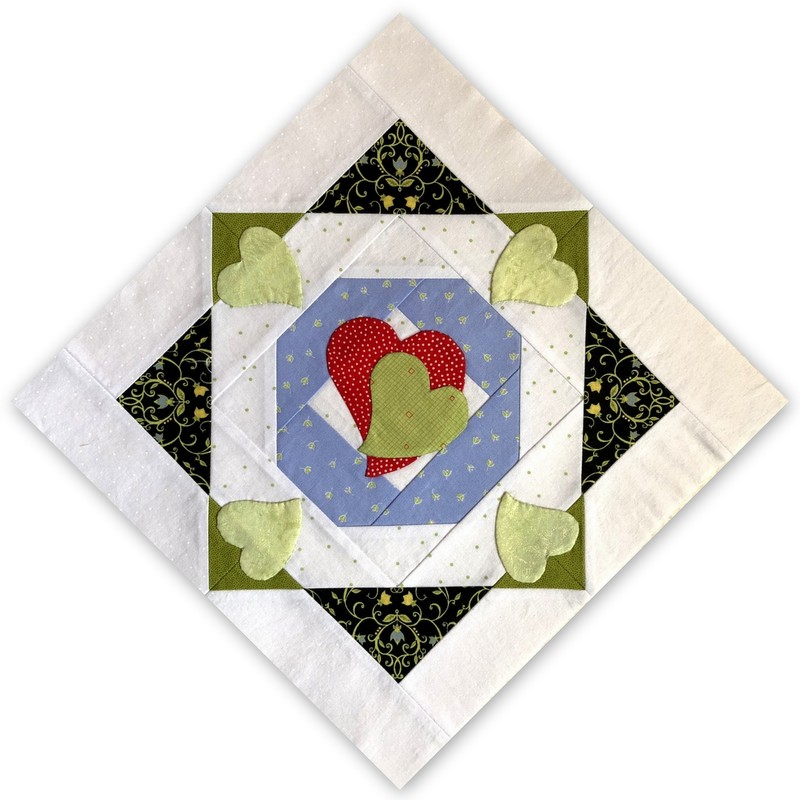 Domestic Bliss, Block 8 of
Domestic Bliss, Block 8 of 